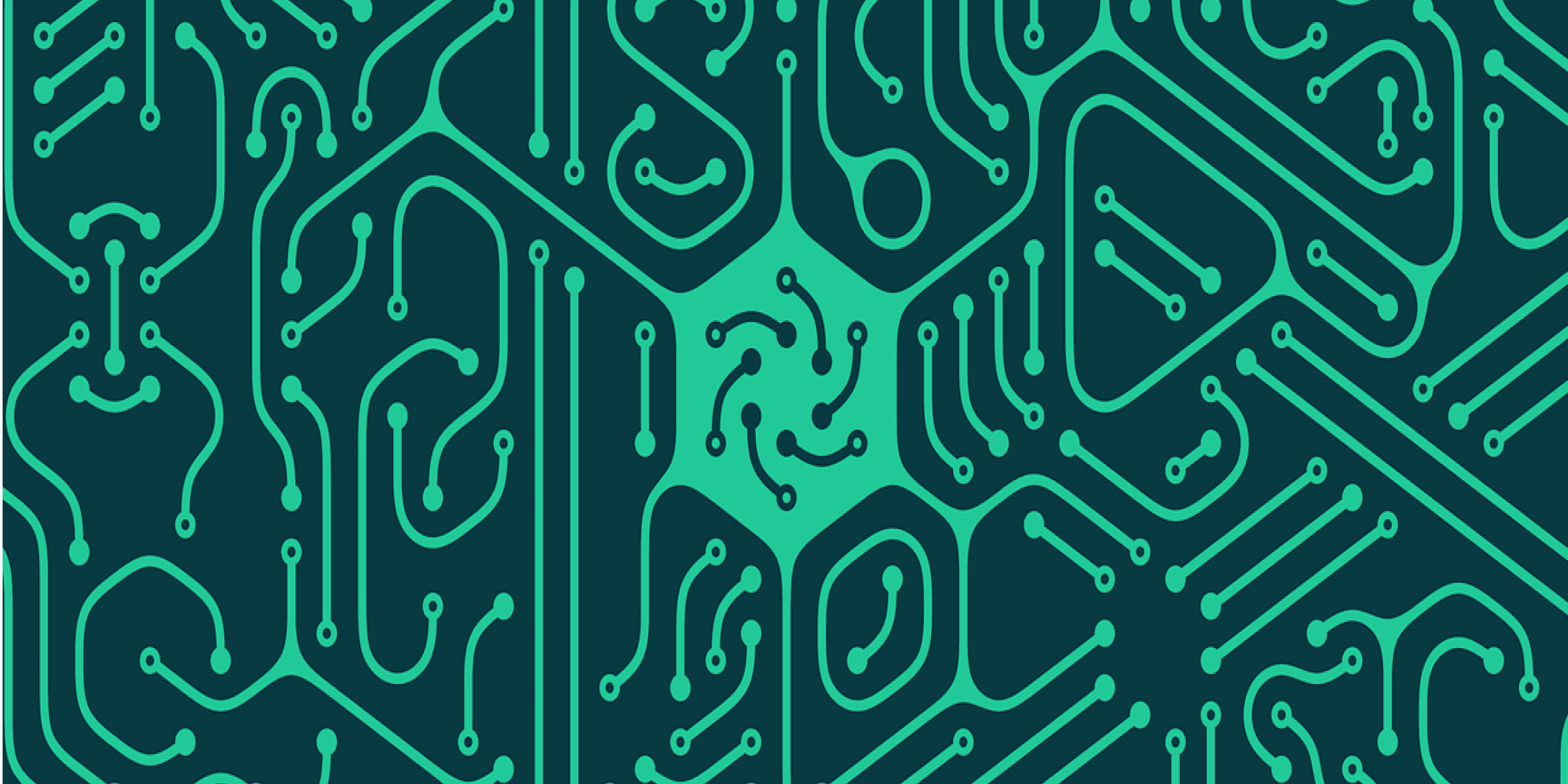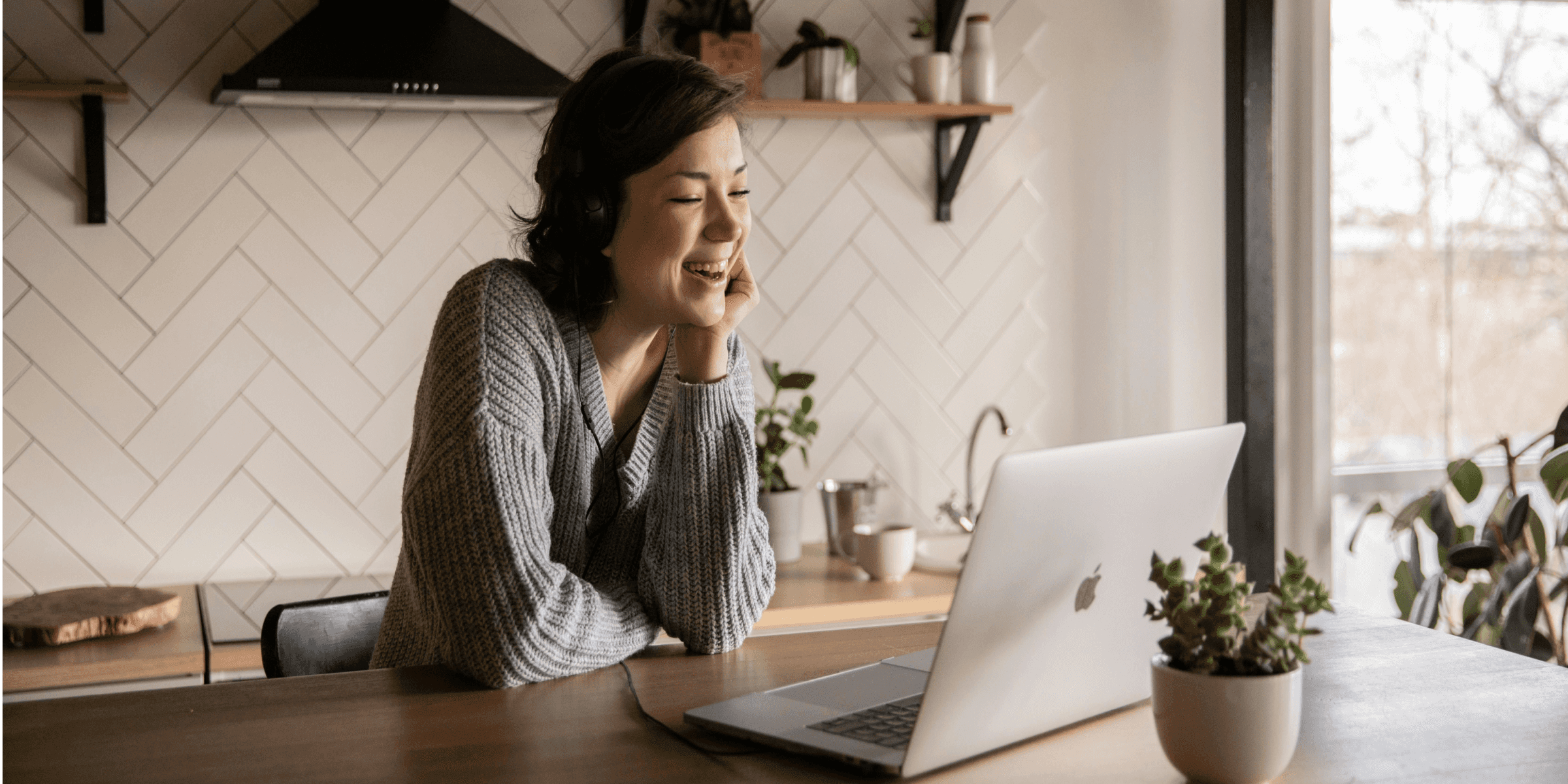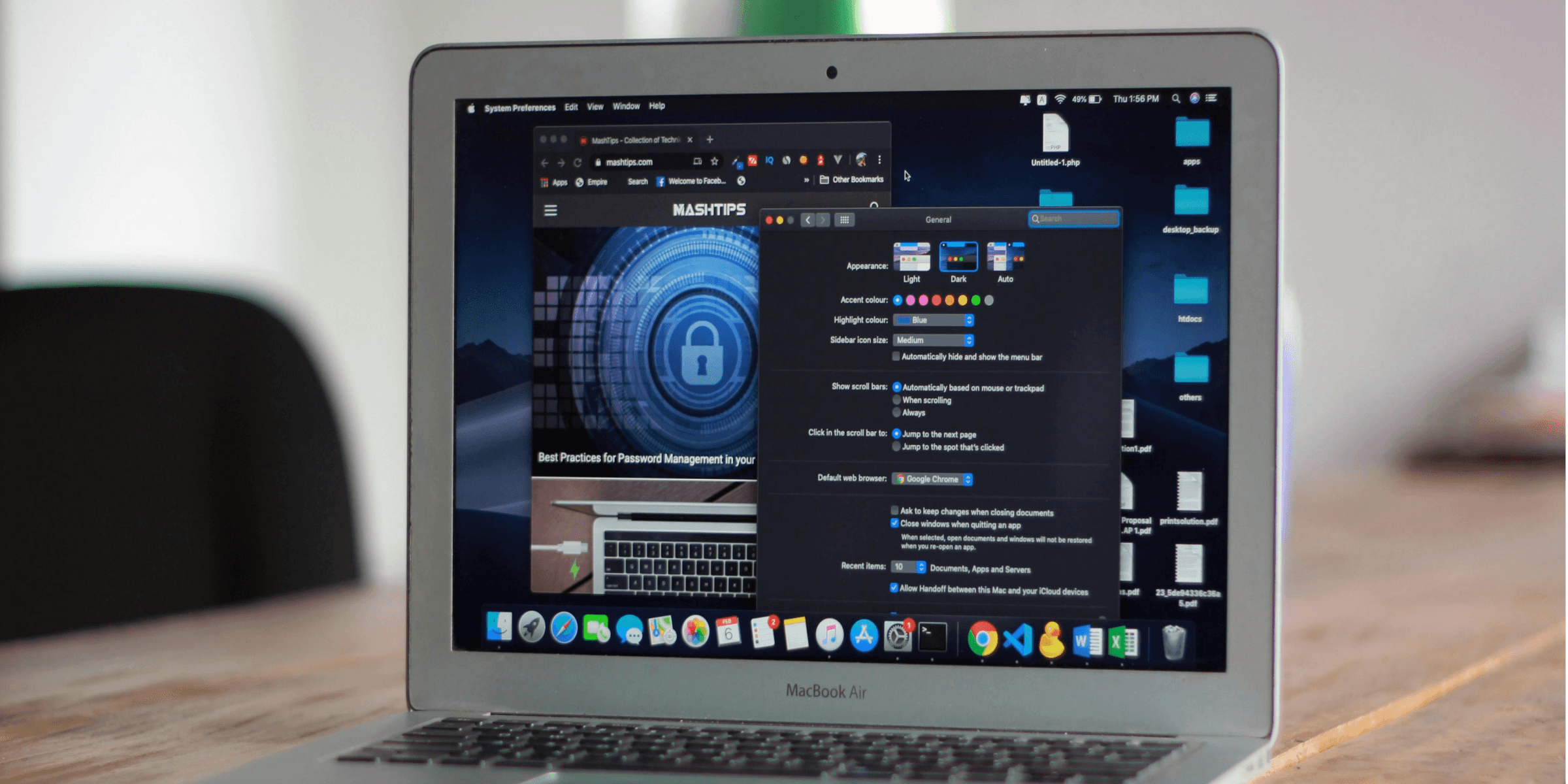Exploring the Creative Potential of Generative AI: How Algorithms are Redefining Art

In recent years, the intersection of artificial intelligence (AI) and creativity has given rise to a fascinating phenomenon: generative AI. This technology, powered by complex algorithms, has been revolutionizing the way we perceive and produce art. From generating stunning visual artworks to composing music and even writing poetry, generative AI is pushing the boundaries of human creativity. Let's delve deeper into this exciting realm and uncover how algorithms are reshaping the landscape of art.
Unleashing the Power of Algorithms
Generative AI operates on the principle of learning from vast datasets to produce new, original content. By analyzing patterns and styles present in existing works of art, these algorithms can generate entirely novel creations. Whether it's paintings reminiscent of famous artists like Van Gogh or musical compositions inspired by Mozart, generative AI can mimic various artistic styles with astonishing accuracy.
Key Features of Generative AI:
-
Learning from Data: Generative AI algorithms are trained on extensive datasets, allowing them to grasp the nuances of different artistic styles.
-
Creative Adaptation: These algorithms can adapt and blend multiple artistic styles to produce unique and eclectic creations.
-
Endless Variation: With the ability to generate an infinite number of outputs, generative AI ensures that no two creations are exactly alike.
Redefining the Creative Process
Traditionally, the creative process has been a uniquely human endeavor, fueled by imagination, emotion, and skill. However, generative AI is challenging this notion by offering new tools and techniques for artists to explore. Rather than replacing human creativity, these algorithms are augmenting it, opening up exciting possibilities for collaboration between man and machine.
Implications for Artists:
-
Exploring New Horizons: Generative AI empowers artists to experiment with styles and concepts beyond their usual repertoire, fostering innovation and creativity.
-
Enhanced Efficiency: By automating certain aspects of the creative process, such as generating preliminary sketches or musical motifs, artists can streamline their workflow and focus on more nuanced tasks.
-
Cross-Disciplinary Collaboration: Artists, programmers, and AI experts are coming together to explore the potential of generative AI, leading to groundbreaking interdisciplinary collaborations.
Ethical Considerations and Challenges
While generative AI holds immense promise for the future of art, it also raises important ethical questions and technical challenges. Concerns about copyright infringement, the authenticity of AI-generated art, and the potential for bias in algorithmic decision-making must be addressed to ensure a fair and equitable creative landscape.
Addressing Ethical Concerns:
-
Copyright and Ownership: Who owns the rights to AI-generated art? As algorithms become more adept at mimicking human creativity, the question of authorship becomes increasingly complex.
-
Transparency and Accountability: It's crucial to maintain transparency about the role of AI in the creative process and ensure accountability for any biases or errors in algorithmic output.
-
Preserving Human Creativity: While AI can replicate existing artistic styles, it's essential to preserve the unique qualities of human creativity and imagination.
Looking Towards the Future
As generative AI continues to evolve, we can expect to see even more exciting developments in the world of art and creativity. From AI-generated virtual worlds to interactive installations and beyond, the possibilities are endless. By embracing the creative potential of algorithms, we can embark on a journey of exploration and discovery, redefining what it means to be an artist in the digital age.
In conclusion, generative AI represents a paradigm shift in the world of art, offering new tools, techniques, and possibilities for creative expression. By harnessing the power of algorithms, artists can push the boundaries of imagination and redefine the very nature of art itself. As we navigate this uncharted territory, let's embrace the transformative potential of generative AI and celebrate the endless possibilities it brings to the world of creativity.
Consult us for free?
View More


